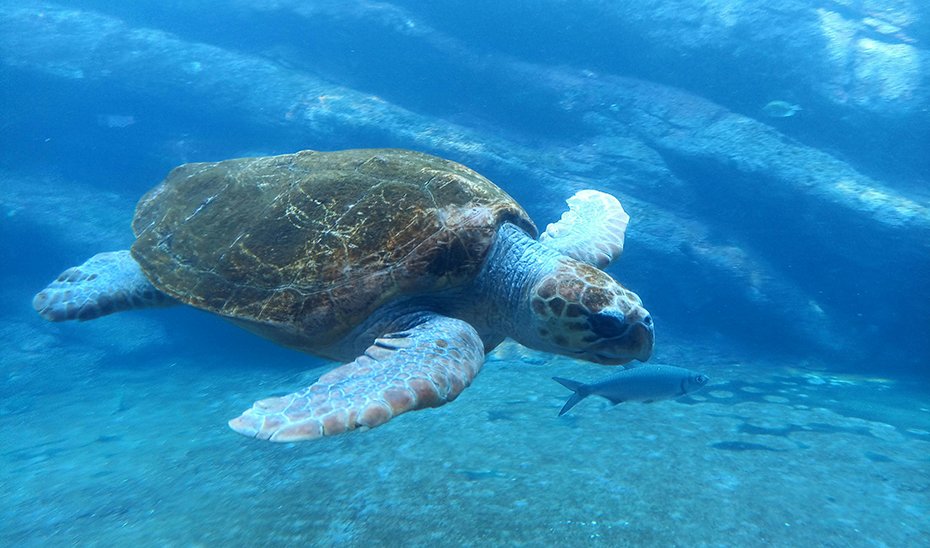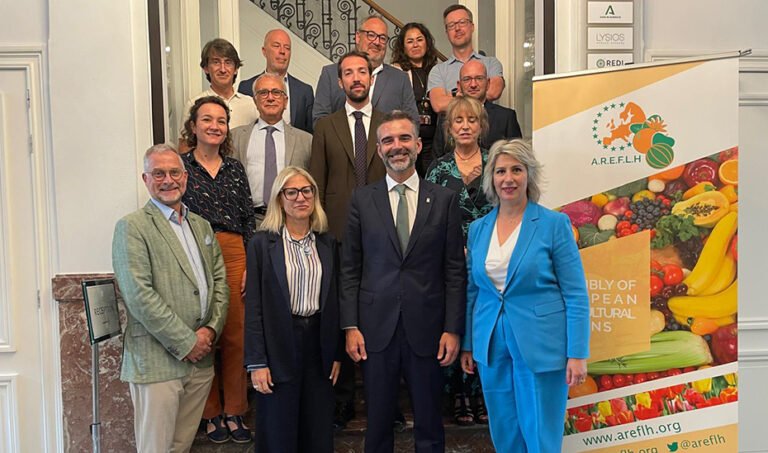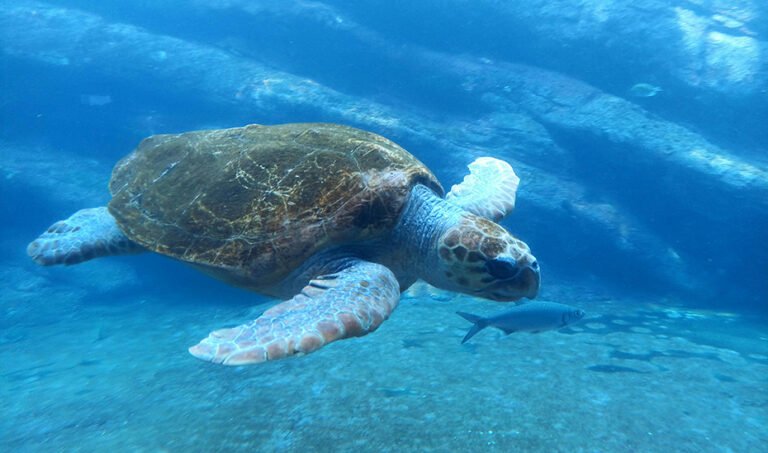
The Territorial Delegation of Sustainability and Environment in the province of Almería, together with Environmental Agents, certified a new case of loggerhead sea turtle nesting (‘Caretta caretta’) on the beach of Mojácar, in front of the Parador Nacional, on Sunday, June 22nd. This marks the fifth documented nest in the province of Almería since 2001, highlighting the importance of coordinated work between public administrations, collaborating entities, and citizens for the conservation of this threatened species.
The discovery was made possible thanks to the rapid action of the municipal beach cleaning services in Mojácar, who alerted through the Emergency 112 phone line upon detecting a sea turtle excavating in the sand, likely in the nesting process. This communication immediately triggered the protocol for responding to sea turtle nesting events, mobilizing technicians from the Council, Environmental Agents, and other involved personnel.
Upon arrival, the coastal and marine environment technician from the Territorial Delegation and several Environmental Agents, with the support of the volunteers from the ‘Equinac’ Association and the collaboration of the Local Police of Mojácar, confirmed that the specimen that had been digging was a female loggerhead sea turtle, a species that inhabits warm waters, undertakes long migrations throughout its life, and approaches the coast for nesting during the months of june and july.
After evaluating the location of the nest, the experts concluded that there was a significant risk of flooding due to tides or storms. Therefore, they proceeded to check if the turtle had laid her eggs in order to carry out, if necessary, the relocation of the nest to a safer location. The incubation chamber was opened by the marine environment technician from the Council and an Environmental Agent from the Ministry for the Ecological Transition, both with specialized training in the management and conservation of sea turtle nests.
In total, 99 eggs were found. Of these, 20 were transferred to the facilities of ‘Oasys Minihollywood’ in Tabernas, where they will be incubated under controlled conditions. The remaining 79 were relocated to a nearby location, also in Mojácar, more protected from potential risks. In this new location, and in collaboration with the Town Hall of the locality, all necessary measures have been taken to ensure the safety of the nest and maximize the chances of successful hatching.
Rapid Intervention
The Territorial Delegate of Sustainability and Environment in Almería, Manuel de la Torre, thanked «the joint effort of all involved in this operation, from the technical staff and agents of the Council and the Ministry, to the Local Police and the volunteer organizations.» He also made a special mention of the swift intervention of the municipal cleaning services, whose role he considered «essential to detect the event at the right time and activate all available resources.»
Loggerhead sea turtle nest, delimited and protected on the beach of Mojácar (Almería).
De la Torre emphasized that these interventions demonstrate the effectiveness of the established coordination system and the growing public awareness. «Sea turtle nestings are becoming more frequent on our coasts, and this is not only due to environmental changes, such as rising sea temperatures, but also to an increased capacity for response, thanks to the collaboration between institutions and the local population,» he stated.
In this regard, he recalled the importance of reporting the presence of a turtle to 112 on the beach. «This action can make the difference between the success or failure of a nesting. It is essential to not disturb the animal, stay at least 50 meters away, avoid noises or lights that may disrupt its behavior, and allow the specialized agents and personnel to act,» he pointed out.
The province of Almería already has a brief but significant history of loggerhead sea turtle nestings. In addition to this year’s, there have been occurrences in Vera in 2001, Pulpí in 2015, and two others in Mojácar in 2021 and 2023. Failed attempts have also been recorded on other beaches along the coast, such as Agua Amarga in 2014, Cuevas del Almanzora in 2016, or last year in Mojácar. This increasing pattern confirms that the Andalusian coasts are part of the potential expansion area for this species, considered vulnerable globally.
The Department of Sustainability and Environment works closely with the Ministry for the Ecological Transition and local entities in protecting these events. The actions range from beach surveillance to the training of agents and technicians in marine conservation, as well as the involvement of organizations like ‘Equinac’, who actively contribute to the custody of the territory and social awareness.
«The commitment of the citizens, together with the decisive action of the administrations, is allowing us to advance in scientific knowledge and response capacity to a phenomenon that is, at the same time, natural and extraordinary,» De la Torre asserted. «In this task, we all contribute: from those who make a timely call, to those who monitor the nest day and night.»
The delegate also wanted to acknowledge the key role played by the municipal beach cleaning services, especially during nesting season. «They are on the ground from the early hours and have the ability to detect movements or tracks that others might overlook. Their work is indispensable, and that is why we have strengthened the training and resources allocated to these teams in recent years,» he added.
The Department will continue to monitor the nest in the coming weeks, implementing the necessary protective measures and maintaining constant surveillance, with the hope that, in about two months, the hatchlings will emerge and reach the sea.






